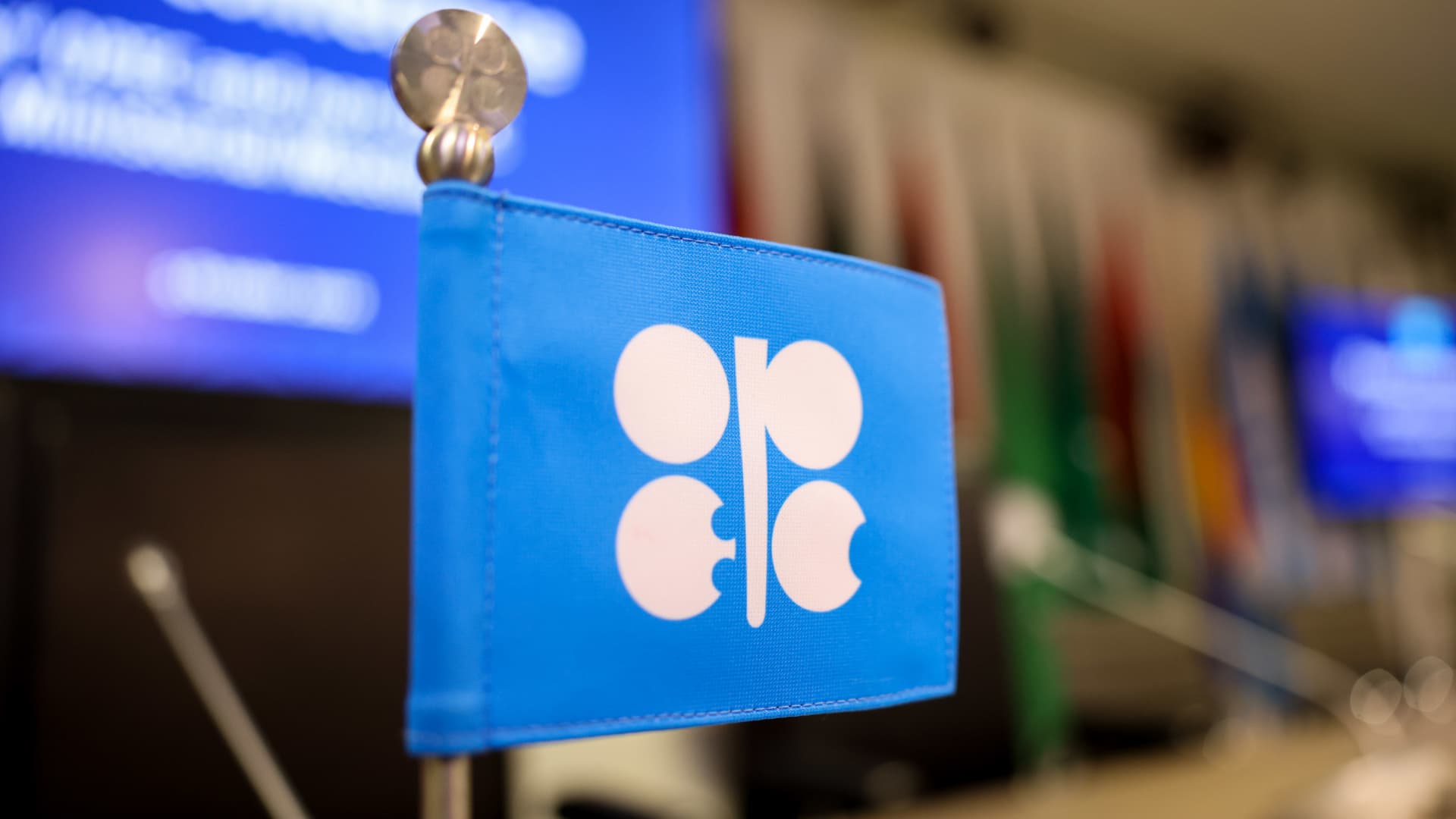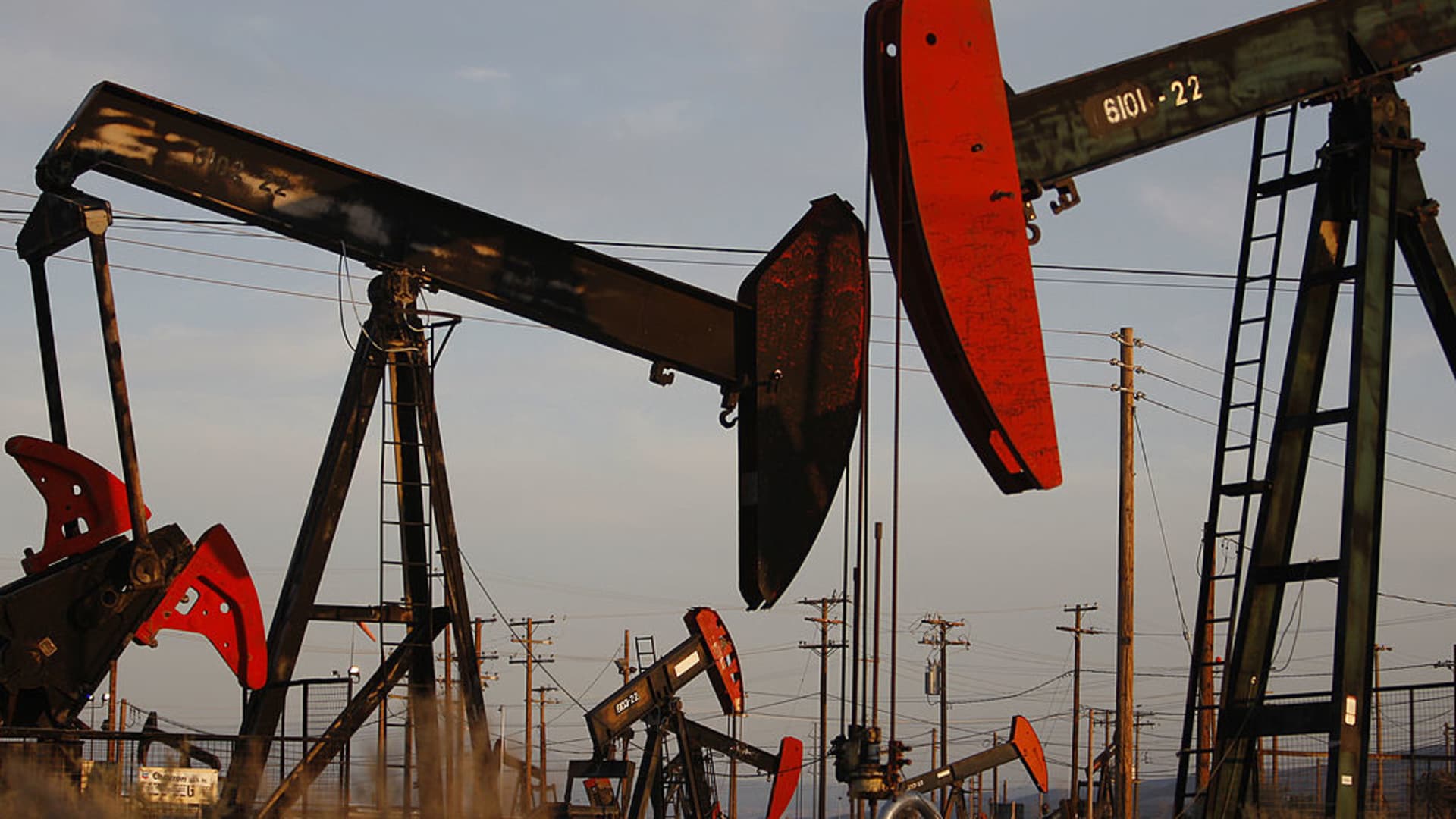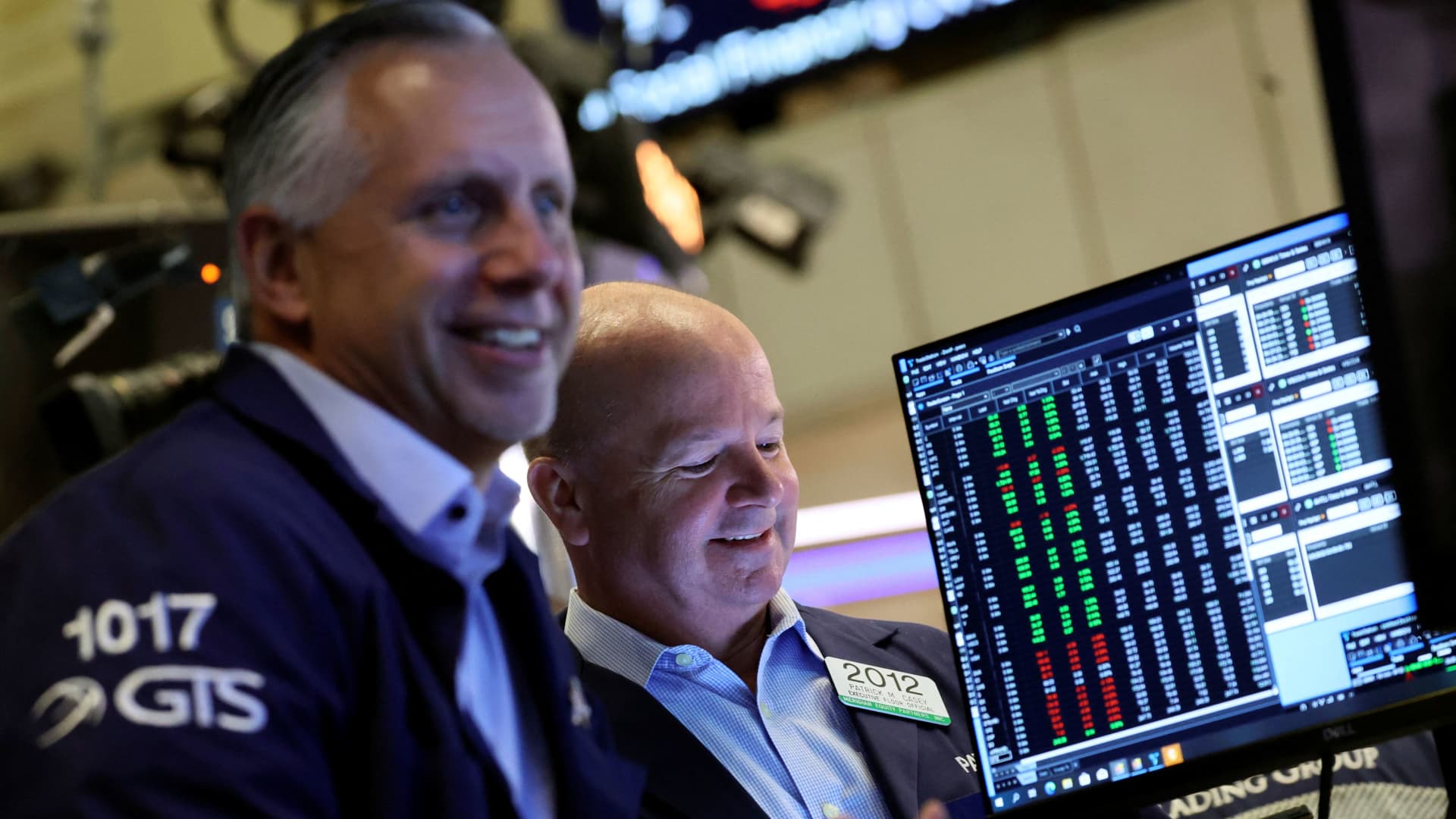OPEC+ policy shift ‘casts a bearish shadow’ over oil prices for next two years, Deutsche Bank says


The decision by OPEC+ to increase oil production will cast a “bearish shadow” over oil prices for the next two years, creating a level of uncertainty not seen since the pandemic severely disrupted demand, according to Deutsche Bank. Eight OPEC+ members led by Saudi Arabia and Russia agreed Sunday to gradually phase out 2.2 million barrels per day, or bpd, of production cuts from October 2024 through September 2025. It is “inconceivable that the market could absorb anything close” to 2.2 million bpd, Deutsche Bank analyst Michael Hsueh told clients in a note Wednesday. The supply increase is similar in magnitude to the 2.3 million bpd oversupply during the first year of the pandemic in 2020, Hsueh wrote. Goldman Sachs has also described the OPEC+ decision as a “bearish surprise” that creates downside risk, while TD Securities warned that “the situation could quickly begin to worsen” in 2025. If the cuts are fully implemented, Brent would fall below $60 per barrel in the second half of 2025, according to Deutsche. The uncertainty caused by the decision “has not been seen since the pandemic disruption to oil demand and the discordant supply negotiations involving Saudi Arabia, Russia, Mexico and the US,” Hsueh wrote. Brent crude futures have given up most of their year-to-date gains recently and are up just 1.8%. @LCO.1 YTD mountain Brent year to date With limited appetite in the market to absorb so much oil, Deutsche expects the supply increase to be closer to 1 million bpd, with OPEC+ pressing pause on the plan after several months. This would lead to a modest surplus of 600,000 bpd in 2025, according to the bank. Deutsche has slashed its oil price forecast for 2025 by 10% based on the latter scenario, with the supply increase expected to push U.S. crude oil down to $70 per barrel and Brent to $75 per barrel by the end of next year. The policy shift by OPEC+ “marks the end of the tightening cycle that began in October 2022,” Hsueh said. Over the past two years, OPEC+ has reduced production by a total of 5.8 million bpd, equivalent to about 6% of global demand, through multiple rounds of cuts to boost prices as high interest rates weighed on demand. The supply increase also serves as a “warning shot” to producers outside OPEC, particularly in the U.S., who have been gaining market share as the cartel has held barrels off the market, Hsueh said. OPEC will likely reclaim some market share with Deutsche reducing its U.S. supply growth forecast by 100,000 bpd this year and 300,000 bpd in 2025, Hsueh said. The sell-off this week, however, has been excessive given that the supply increases don’t start until the fourth quarter, the analyst said. The supply deficit of 500,000 bpd this quarter will rise to 1 million bpd in the third quarter before the OPEC+ production increases start, according to Deutsche. The consequence is that Brent will rebound back above $80 in the near term and hit $85 next quarter, which creates the basis for a tactical long trade, Hsueh said. This post has been syndicated from a third-party source. View the original article here.




